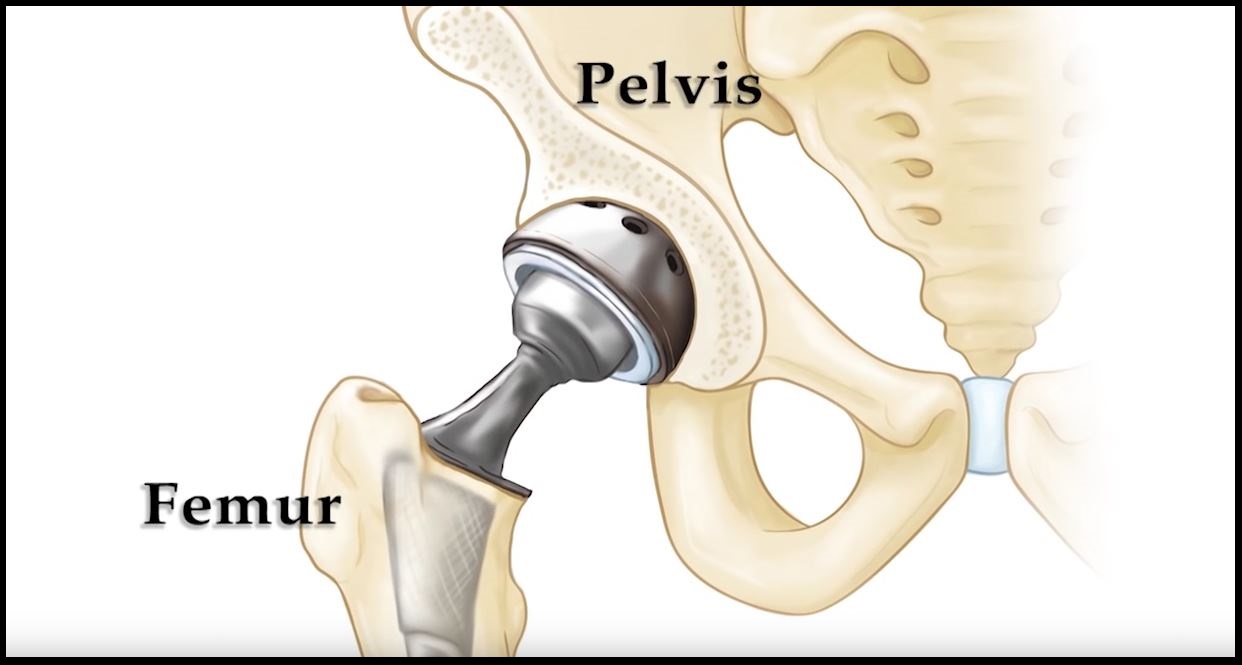Total hip replacement is a surgical procedure that is most likely performed on people who have severe osteoarthritis of the hip. Other possible reasons for a hip replacement include, rheumatoid arthritis, osteonecrosis, fracture, and bone tumor. Since 2003, the number of hip replacement surgeries performed has increased by 33% in the United States. The most common age groups receiving hip replacements are people over 70 years of age.
Hip Replacement: Anterior vs. Posterior Approach?
There are 2 main surgical options for a total hip replacement; a posterior approach and an anterior approach. The type of surgical approach is typically determined based on physician preference. The anterior approach is a fairly new procedure which requires the surgeon to cut less muscle which some believe results in a faster recovery time. The posterolateral approach has been done for a longer period of time. One of the biggest risks following total hip replacement is dislocation. This complication has been noted to occur with 1% of surgeries with anterior approach and 1.3% with posterolateral approach.
The Role of Physical Therapy
The typical course of treatment after total hip replacement could involve a short stay in the hospital and in some cases a short stay at an inpatient rehab facility. Upon returning home, a large percentage of patients undergo a period of outpatient physical therapy, which usually lasts 1-2 months. Outpatient Physical Therapy consists of a combination of manual physical therapy, supervised exercise to improve range of motion, strength training of the muscles around the hip, and functional exercises that are geared towards returning the individual to prior functional activities. At least one study shows that physical therapy had a positive effect on patients after a total hip replacement with faster recovery times and an increase in walking ability. Another study also found that physical therapy allows for an overall increase in functional status for patients who have received a total hip replacement.
Closing Thoughts
Physical therapy following hip replacement surgery requires a team approach between the patient, surgeon, and physical therapist. If you are considering undergoing a hip replacement, or have recently undergone this procedure, please call one of our physical therapists to learn more about your recovery and return to function.
-Dr. Tom Michaels, PT, DPT, OCS, CSCS
References
- Freburger J. An analysis of the relationship between the utilization of physical therapy services and outcomes of care for patients after total hip arthroplasty. Journal of Physical Therapy. 2000;80(5):448-458.
- Kishida Y et al. Full weight-bearing after cementless total hip arthroplasty. International Orthopaedics. 2001;25:25-28.
- Jolles B, Bogoch E. Posterior versus lateral surgical approach for total hip arthroplasty in adults with osteoarthritis. Cochrane Database Systematic Review. 2006:3.

